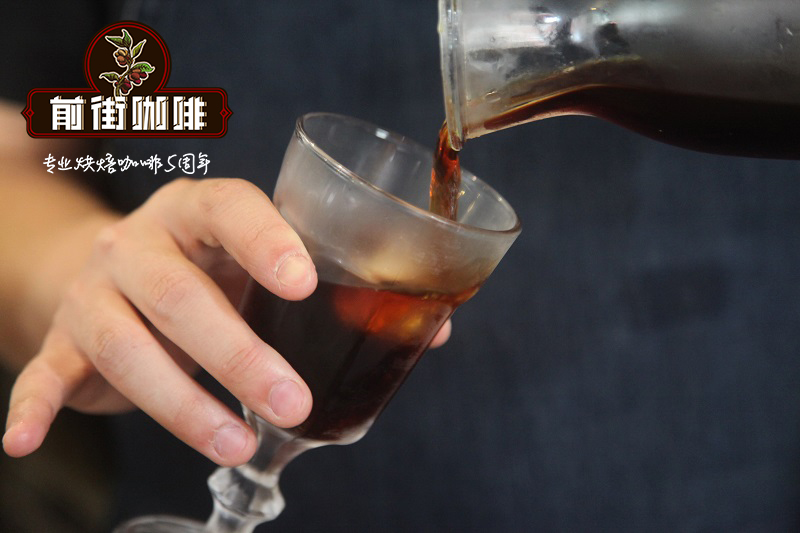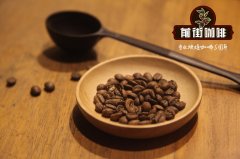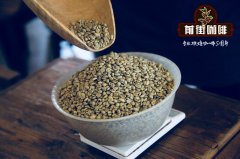Taste difference between honey-treated coffee beans and water-washed coffee beans classification of honey-treated coffee beans

Professional coffee knowledge exchange more coffee bean information please follow the coffee workshop (Wechat official account cafe_style)
What is honey treatment? Honey treated coffee beans Honey/Miel Process, also known as pulp solarization Pulped Natural honey treatment, called HoneyProcess or Miel Process, known as Honey Coffee, Costa Rica (Costa Rica), Panama (Panama) and Guatemala (Guatemala) coffee gardens have used this treatment. The so-called honey treatment refers to the process of making raw beans with mucous membrane for sun-drying.
Whether from the point of view of the original meaning, or from the point of view of the way of treatment, Pulped Natural should be translated into "flesh solarization". Many people confuse the definitions of "flesh solarization Pulped Natural", "semi-washed Semi-Washed", "wet planing Giling Basah", "honey treatment Honey/Miel" and so on.
Flesh tanning is a hybrid version of solarization and washing. The idea is to use less water than the water washing method to produce coffee with a cleaner flavor and a thicker taste than the sun washing method, which can be said to be a kind of water washing and sun washing middle way, which is why people tend to mistakenly call it "semi-washing". Honey treatment & # 39; White honey, yellow (orange) honey, red honey, black honey, where is the difference? [honey treatment] is a kind of half-sun treatment, in the selection of ripe fruit & # 39; after the peel is removed, the pods with flesh are moved outdoors for sun drying.
After the outer pulp of the coffee bean is removed, there will be a layer of sticky gelatin. because the pods with pulp stick easily, they must be turned constantly to avoid mildew during drying; in addition, the drying time should not be too long to avoid excessive fermentation. destroy the flavor of the coffee.
According to the classification of coffee beans treated with different honey, honey-treated coffee beans can also depend on the amount of pectin retained, subdivided into four treatments: "black honey" with 80% pectin, "red honey" with 60% pectin, "yellow (orange) honey" with 40% pectin, and "white honey" with 20% pectin.
Keeping the amount of pulp will affect the flavor of fermented raw beans. It is generally believed that honey-treated coffee beans can maintain higher sweetness and complex fermentation levels similar to those of full-sun dried beans, and have a better tail rhyme.
The characteristics of honey treatment depend on the setting of the pulp scraping machine. The more pulp is retained, the more obvious the characteristics of honey treatment are. However, to produce honey and treat coffee beans, you need to take some risks, especially "black honey", because the more flesh you retain, the higher the risk of overfermentation and the higher the sweetness of coffee beans. The main difference between [white honey] treatment and [yellow honey] treatment is the distinction of drying thickness, which determines the drying speed and drying uniformity, and then affects the sweetness and fermentation degree of coffee.
Juxtaposed with the two traditional treatment methods, water washing and sun treatment, honey treatment has become a unique method in coffee treatment. The taste difference between honey treatment and water washing treatment: higher sweetness, higher sugar content and higher alcohol thickness (under the premise of the same baking degree)
Important Notice :
前街咖啡 FrontStreet Coffee has moved to new addredd:
FrontStreet Coffee Address: 315,Donghua East Road,GuangZhou
Tel:020 38364473
- Prev

Flavor description of honey-treated coffee beans description of honey-treated coffee beans
Professional coffee knowledge exchange more coffee bean information please follow the coffee workshop (Wechat official account cafe_style)
- Next

Introduction to the treatment of Tarazu raisin honey in Costa Rica introduction to the treatment of coffee bean and white honey
Professional coffee knowledge exchange more coffee bean information please follow the coffee workshop (Wechat official account cafe_style)
Related
- What is the meaning of lactic acid fermentation with coffee bean treatment?
- How to judge the state of foam by sound?
- How does the latte pull out the unicorn pattern? Come to get for a little trick to improve the flower pull!
- Will flower pulling affect the taste of the latte?
- Do you know the history of coffee?
- The difference between honey treatment and sun washing what is raisin honey treatment?
- What kind of milk can a novice use to make coffee foam to keep the foam longer? The correct method and skills of milking tutorial sharing
- Why do washed coffee beans taste sour? Flavor characteristics of washed Coffee
- Introduction to the skill of how to practice the size and height of water injection around the circle of hand-brewed coffee
- How do beginners practice coffee flower drawing from scratch?

